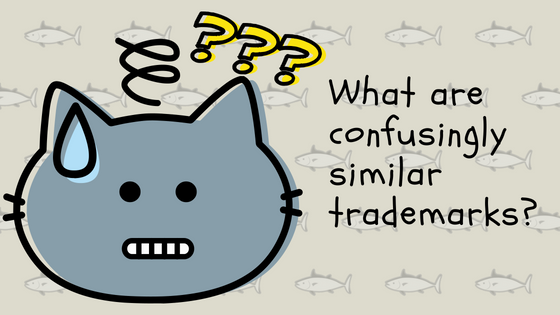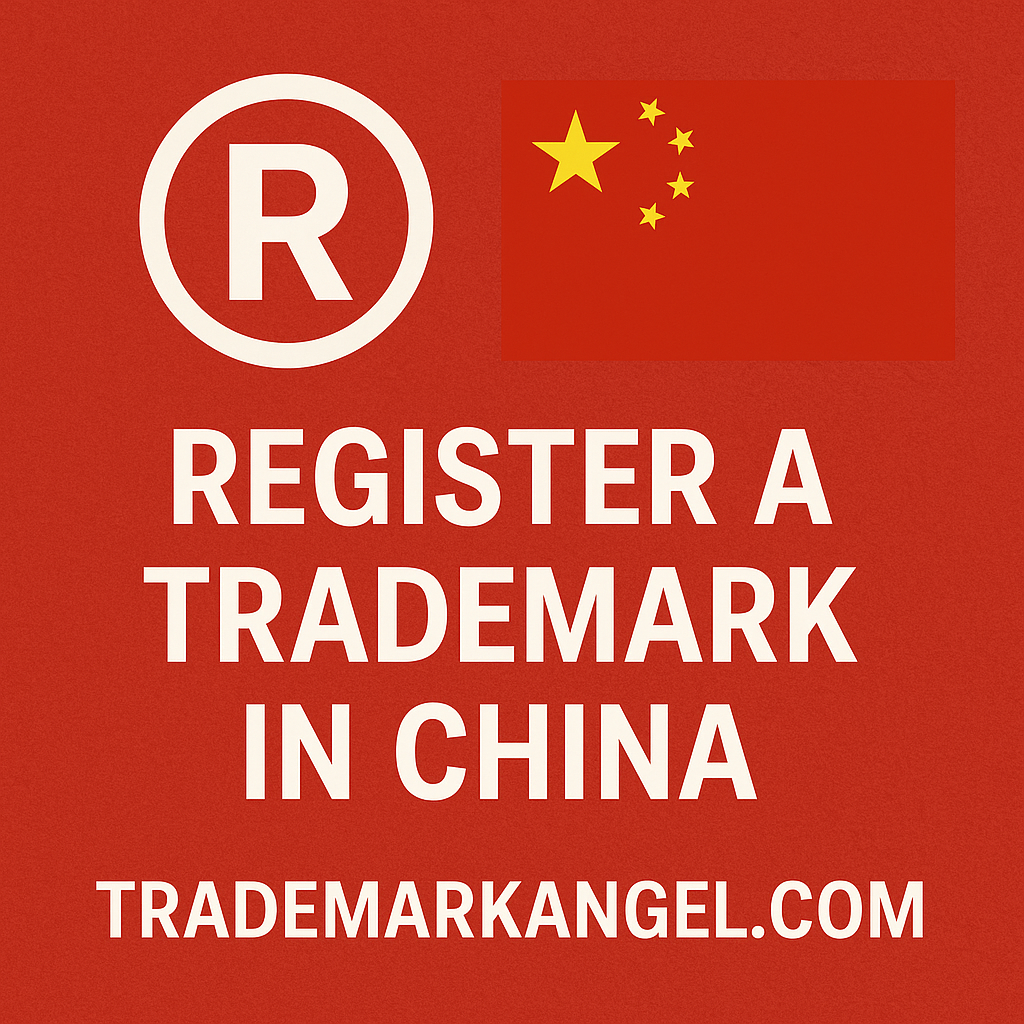
What are confusingly similar trademarks?
Simplified guide. No legal jargon, promised!
We are often asked questions like “what is trademark confusion? Can I just add one letter or misspell my trademark to avoid similarity with another brand?”
The standard test of confusion is similar in many countries including Canada and the USA. Likelihood of confusion is determined by taking an average consumer of average intelligence with average memory, who first sees one mark in association with the products, and then at a later time, when seeing the second mark, is confused into believing that the source of the products is the same.
The test is whether the marks are similar visually or orally, so misspelling a trademark doesn’t help if it’s still pronounced similarly to an existing trademark.
So, to put this in an example: you come to a store looking for yoga pants. You find great yoga pants that are called PANTYOG. It’s irrelevant whether you buy these pants or not. You come back to the same store a week later and you see exercise bands that are called PANT-YOG. You vaguely remember that you already saw yoga pants by the same name and you liked those pants. You decide to buy these exercise bands as you believe they are made by the same company that produces yoga pants. You are now “confused” as to the source of the product. When Trademarks Office assesses your trademark for likelihood of confusion, they are trying to put your trademark through this “test” to see if an average consumer with imperfect memory is likely to be confused.
Note: The products don’t need to be the same they can be simply related or similar. If products are not related, there should be no likelihood of confusion.
If you came to the same store and noticed car oil for sale by the name PANTYOG, it’s unlikely you would think that the same company that makes yoga pants also make car oil, so it’s unlikely that you would be confused about the source of the product.
This example is over-simplified, but it gives a good example of what likelihood of confusion is. That’s why if you know that there is a similar trademark for very similar products, it’s best to find another name.
It may not be enough to differentiate from a similar trademark, if you add word fillers, like “my”, “best”, “products”, “brands”, “company”, “solutions”.
Some instructive guidelines on how to make a trademark stronger are suggested below –
- If you want to file for DIARIO for calendars, and there is a trademark for DIARRIO for stationery, adding the above words will not make your trademark stronger as those words will be given very little weight by the Trademark Examiner. Instead, try to pick another name or change the existing name, for example, INFINITY DIARIO will have higher chances as another unique word is added.
- If you sell cosmetics, the following words are descriptive and weak and are usually NOT enough to differentiate from a similar mark: “green”, “cosmetics”, “wellness”, “health”, “beauty”.
So, if you want to trademark CHARCOAL LASHES for mascara and there is a trademark CHARCOAL LASHES for false lashes, changing your trademark to CHARCOAL LASHES MASCARA or CHARCOAL LASHES BEAUTY will not make your trademark stronger. Instead, try to find a different name or change the existing name by replacing one word with another one, for example, BLACK NIGHT LASHES.
- If you sell clothing or exercise equipment, the following words in your trademark are considered fillers: “clothing”, “apparel”, “gear”, “sports equipment”.
For example, if you want to trademark BEAST IN YOU for t-shirts and there is a trademark BEASTY YOU for pants, then adding CLOTHING to your trademark (BEAST IN YOU CLOTHING) will not necessarily make your trademark stronger. Instead, you should try to come up with another name or add another unique word to your trademark.
- If you sell kitchen appliances/utensils, words that describe those products are weak and will be given less weight than unique words. For example, these words are weak and will not make your mark stronger: “home”, “kitchen”, “utensils”, “solutions”.
Like, if you sell lemon zesters and call them YELLOW BOOM, don’t try to change the name to YELLOW BOOM LEMON ZESTERS or YELLOW BOOM UTENSILS to differentiate from GOLD BOOM for cucumber peelers. However, changing to YELLOW KABOOM may work just fine.
- Finally, if you want to sell pillows and linen called SLEEP AND MAGIC and there is a trademark for bed throw called SLEEPY MAGIC, it will not help if you misspell your trademark as SLEEP AND MAGIK but it may help if you change it to SNOOZE AND MAGIC or SHUT EYE MAGIC.
What to do if you are stuck and can’t come up with any unique words to add? Use Greek mythology. There are wealth of cool names you could add to your unregistrable trademark and make it registrable. To list some IRIS, ZEUS, KRATOS, ARES, HECUBA, NEMESIS.
Going to our example above, YELLOW BOOM may become registrable if you turn it into YELLOW SPHYNX or ARES BOOM.
Another tip to remember is that you also risk getting a cease and desist letter if you use a similar trademark. To avoid getting a cease and desist letter saying that you are infringing on somebody else’s registered mark, pick a unique name. If your trademark is too close to an existing trademark, stay away and pick another name.
The examples above were quite oversimplified. There are other factors that come into play when it comes to assessing confusion, for example: how many similar trademarks are already on the Trademark Register? If there are other similar trademarks, there may be co-existence. How long have you used your trademark? The longer you used it, the higher the chances that it will register.
We do provide suggestions how to make your name stronger when we do a free trademark search for you, so if your name turns out to be unregistrable, we will work with you to find a registrable name or tweak the existing name to increase your chances of achieving registration.





